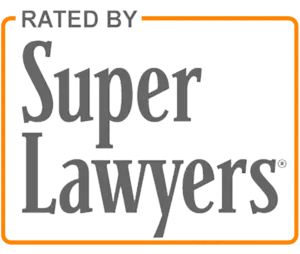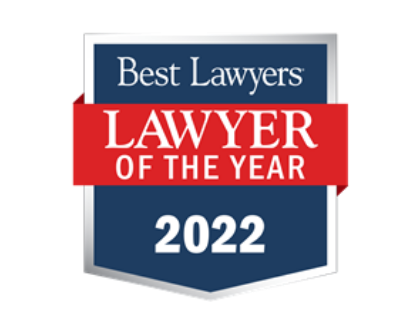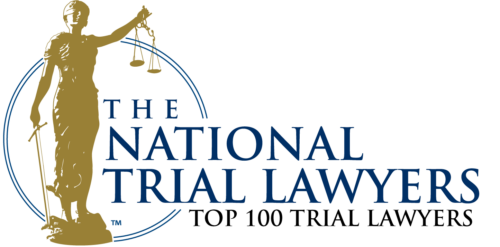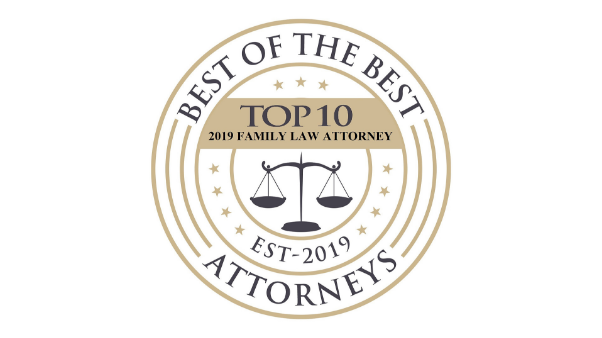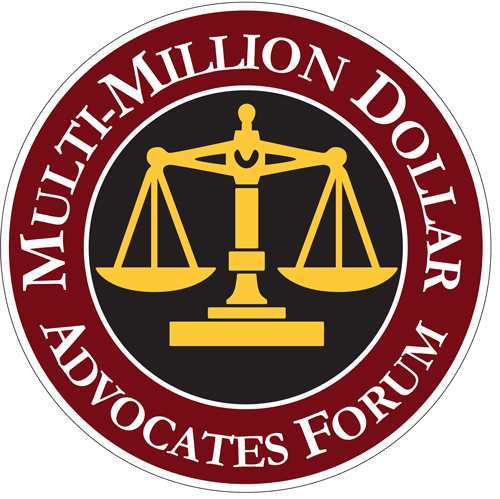Car accidents frequently leave people severely injured, faced with expensive medical care and lost wages. When another driver is to blame, an injured motorist has the right to seek financial compensation through a personal injury lawsuit or an insurance settlement. In some cases, the parties involved in an accident will dispute what occurred. However, in other accidents, such as rear-end collisions, liability is often straightforward. But what if more than two cars are involved in a rear-end collision?
In most cases, the driver who collided with the vehicle in front will be held liable for any injuries or damages. When an accident involves three or more cars, liability could be shared between multiple drivers. However, you should not assume you are to blame based on your position in the chain of events. Our Bucks County car accident lawyers will thoroughly examine the facts of your case to determine what parties should be held accountable. While they might appear straightforward, rear-end collisions often become complicated affairs.
The Reiff Law Firm is dedicated to representing injured individuals in complex cases. Multi-car accidents present a host of challenges and hurdles. Our firm has the personnel, resources, and expertise to tackle the most complicated litigation. To evaluate your case, call our law offices at (215) 709-6940.
Common Causes of Three Car Accidents
The majority of multi-car accidents, especially rear-end collisions involving three or more cars, result from human error. While there are some cases where other factors play a role, including severe weather or poor road conditions, many are preventable if drivers take proper precautions. Below, we review some of the common causes of three-car rear-end collisions.
Tailgating
When three or more cars follow too closely to one another, an accident involving multiple vehicles is likely to occur. If the lead vehicle suddenly stops or slows down, the vehicles behind it will not have the time or distance necessary to avoid a collision if they have not left enough space between themselves and the automobile in front of them. A single collision could start a chain reaction of crashes.
Speeding
A crucial factor in whether or not a vehicle can be safely slowed down or brought to a stop is the speed at which it is traveling. Speeding also makes it harder for drivers to maneuver or maintain control of their car, often leading to more serious accidents. When speeding is coupled with tailgating, it is a recipe for disaster.
Failure to Signal a Turn
Safe driving requires communication between drivers. While it is impossible to talk to another driver, vehicles are equipped with turn signals to tell other motorists what you intend to do. When someone changes lanes suddenly, without signaling, it could cause a chain reaction of rear-end collisions.
Distracted Driving
While it might appear rudimentary at times, driving a car requires fixed attention and concentration. When drivers become distracted, such as using their phone or eating a quick meal, they present an elevated risk to all others in their vicinity. If someone fails to notice that another driver has slowed down, stopped, or changed lanes, they could cause a three-car collision.
Driving Under the Influence Alcohol or Drugs
In addition to paying close attention to your surroundings, safe driving requires full control of your mental and physical abilities. The use of drugs or alcohol diminishes your capabilities, making it difficult to make good decisions or react properly when required. In many cases, alcohol or drugs could increase the likelihood of reckless behavior. By itself, driving under the influence is dangerous. When combined with any of the behavior listed above, it could quickly become catastrophic or deadly.
Poor Weather or Road Conditions
Low visibility often plays a role in chain-reaction accidents or three-car rear-end collisions. Heavy rain, snow, or fog increases the chances that a devastating accident could occur. If drivers are engaged in reckless conduct during difficult weather conditions, they could be held liable despite the severe weather.
Road construction is a part of life. When construction work occurs, lanes shift, pavements are uneven, and debris could be left in the roadway. If motorists fail to proceed with caution, accidents could happen.
Determining Liability After a 3 Car Rear-End Collision
In most rear-end collisions, responsibility lies with the driver who crashed into the back of the car in front. Often the accident is the result of reckless behavior, such as speeding, tailgating, or driving while distracted. However, there are times when a driver erroneously slams on their brakes, stopping suddenly, giving the unexpected drivers behind them no time to reasonably react. Depending on the circumstances, our Philadelphia car accident lawyers will evaluate witness testimony, physical evidence, surveillance video, police reports, and other evidence to piece together what occurred. In some cases, it might be necessary to engage experts, including an accident reconstructionist or an engineer, to better understand the chain reaction of forces.
To illustrate how fault could be determined, imagine two vehicles stopped, one in front of the other, at a traffic light. A third driver enters the intersection without stopping, colliding with the rear of the second car. The force of the impact pushes the second car into the rear of the fist. In case, the driver of the third car will probably be held responsible.
Now imagine three cars traveling in a single file along a winding road. The lead driver stops suddenly because of an animal in the road. The second driver, who was tailgating the lead vehicle, does not have time to stop and crashes into the lead car. The third driver was taking a picture of the scenery and failed to notice what occurred ahead, rear-ending the second driver. In this case, the second driver could be held liable for crashing into the first driver, while the third driver would be responsible for any damages or injuries they caused.
Our Pennsylvania Personal Injury Attorneys Have the Experience to Handle Car Accidents Involving Three or More Vehicles
Every car accident case presents a unique set of challenges, including determining liability and valuing damages. When you are involved in a three-car rear-end collision, your case could be more challenging than you think. Even if you were in the lead car, you should never assume the other driver or drivers were responsible. Likewise, if you were in the rear of a chain reaction of crashes, you should not admit fault or assume blame. Call the experienced West Chester car accident attorneys at the Reiff Law Firm. For a free consultation, contact (215) 709-6940.
Related Posts
- How to File a Personal Injury Lawsuit in Pennsylvania
- Liability for Medical Mistakes Following a Car Accident in Pennsylvania
- Federal Safety Regulations for Passenger-Carrying Vans
- How Much Do Insurance Companies Pay for Pain and Suffering in PA?
- Can You Get a Second Opinion on Personal Injury in Philadelphia?


